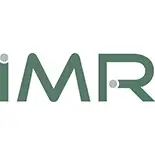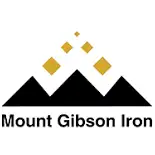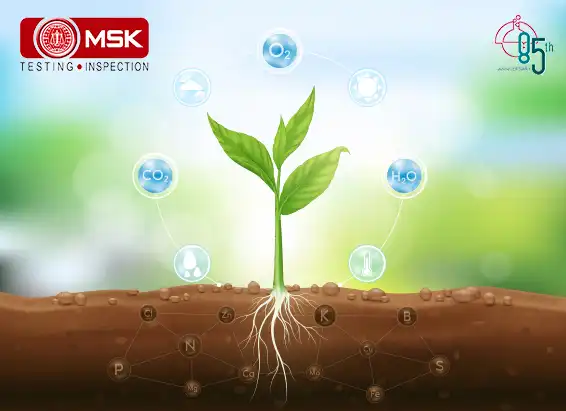
Keywords: Hydrocarbon, Solid Phase Extraction, Paraffin, Gas Chromatography.
Introduction
A simple, fast gas chromatographic-flame ionization detection (GC/FID) method combined with a solid phase extraction (SPE) has been established to determine the mineral oil-saturated hydrocarbons (MOSH) in vegetable oils.
Mineral oils are certain fractions from petroleum refining and maybe traded under various designations such as Paraffinum Liquidum, Paraffin, Petrolatum (soft paraffin), Paraffin wax, Paraffin oil, Ozokerite, White (mineral) oil, depending on type liquid or solid or field of application. Vegetable oils, like many other foodstuffs, are often contaminated by mineral oil products during harvesting, processing, transportation and storage. Source of mineral oil also includes food packaging, food additives, processing aids, and lubricants. Presently, there is no established method available for quantitative assay of mineral oil even FSSAI only indicates about presence or absence of mineral oil.
The mineral oil contaminants found in food can be primarily divided into two types, the saturated hydrocarbons (MOSH), which include straight, branched and cyclic alkenes, and the mineral oil aromatic hydrocarbons (MOAH), which are mostly alkyl-substituted. Since the MOSH are the predominant part of the mineral oil and more easily analysed than the MOAH, they are usually treated as markers for the presence of mineral oils.
Literature review revealed, analysis of MOSH in vegetable oils and other food is on-line high performance liquid chromatography coupled with GC-FID (HPLC-GC-FID), in which HPLC as separation column plays purification role to isolate MOSH from lipid in food. But the corresponding coupled instrumentation is available only in few laboratories because of its high price.
It is utmost important to ensure the absence of mineral oil as contaminants in food. Hence, the present study aimed to provide a simple GC/FID method which includes offline glass SPE cartridge that was packed with silver impregnated activated silica gel to remove the fat and other interferences (primarily olefins) in vegetable oils to identify/estimate the presence of mineral oil contaminants in vegetable oil. The method was also validated for Precision, Accuracy & Linearity. Thus, the GLC method can be used as a rapid tool in industry to ensure the absence of mineral oil
Additionally, the advantages of the method include quantification of mineral oil hydrocarbons with simplicity, low cost and high sensitivity.
Experimental
Glass SPE cartridges used for extraction and sample preparation. Thermo Scientific TRACE™ 1310 Gas Chromatograph equipped with FID used for GC analysis.
n-Hexane (99% purity). The standard mixture of hydrocarbon (n-alkanes ranging C10–C40) (Sigma-Aldrich ). Silica gel (mesh size 80-120), Silver nitrate (Merck)
As no commercial glass SPE with Ag-silica gel was available, a 20-mL glass column was used for the lab-made SPE cartridge. The silica gel was activated at 500°C for 4 h in a muffle furnace and then coated with 1% silver nitrate solution then the mixture was homogenized on the rotary evaporator and dried in an oven at 125 °C.
For making the SPE column, 10 g Ag-activated silica gel was loaded into the cartridge.
Before analysis, 25 mL of n-hexane was loaded through SPE to rinse the entire column until the upper level of solvent was 0.5 cm higher than the silica gel bed.
0.5g of oil weighed, spiked with appropriate amount of standard (dissolved in 1-mL n-hexane) and finally loaded onto the prepared SPE column and the first elute was discarded until close to dryness. Then, 25 mL of n-hexane was added & initial 10 mL of elute was collected, concentrated to 1 mL in a gentle nitrogen stream, and used for GC-FID analysis.
GC-FID Analysis
A 2-μL aliquot of test solution was injected (without split) into DB-5HT (25 m × 0.25 mm i.d. × 0.10 μm, separation column coated with a 0.10-μm film of 5% phenyl/95%methylpolysiloxane).
The MOSH area was determined by integrating the area of peak corresponding to hydrocarbons ranging from C10 to C30.Recovery was tested by spiking the oil with three concentrations (10, 50, and 100 mg/kg) and the repeatability was determined by analyzing an oil sample 3 times spiked with 10 mg/kg.
Results & Discussion
Linearity:
The calibration curve was prepared for each hydrocarbon using reference standards at five calibration levels. The calibration curve of alkane mixture was prepared from standard concentrations of 5.0 to 40.0 mg/L. All correlation coefficients square (R2) were higher or equal to 0.98.
Recovery
The recovery was found between 70-120% for each individual hydrocarbon compounds spiking at three different level before extraction. The results are incorporated in Table No.1.
Precision
Precision was calculated from the 3 replicate determinations at lower spiking level. The results of repeatability as obtained were presented in terms of the relative standard deviation (%RSD) in Table No.2. Over all the Relative standard deviation values were found to be within 20%.
Conclusion
In the present study, mineral oil saturated hydrocarbons (MOSH) which is marker of mineral oil contaminants was estimated by employing the SPE followed by GC-FID analysis. The method succeeds over the other method in terms of Limit of detection as the method can be applied for quantification of mineral oil contaminants in ppm level.
Table and Figures
Table: 1 Result for %Recovery at different spiking level
| Hydrocarbon | % Recovery
at 10mg/kg |
% Recovery at 50 mg/kg | % Recovery
at 100 mg/kg |
| n-Decane | 75.204 | 70.96 | 105.09 |
| n-Undecane | 81.212 | 70.05 | 103.50 |
| N-Dodecane | 70.561 | 71.19 | 104.28 |
| n-Tridecane | 79.708 | 70.84 | 104.12 |
| N-Tetradecane | 73.913 | 71.99 | 103.19 |
| n-Pentadecane | 73.291 | 70.91 | 104.33 |
| n_Hexadecane | 71.821 | 70.94 | 108.25 |
| n_Heptadecane | 72.411 | 70.29 | 104.06 |
| n-Octadecane | 70.98 | 73.08 | 105.25 |
| n_Nonadecane | 71.138 | 72.18 | 105.48 |
| n-Eicosane | 71.804 | 71.78 | 106.11 |
| n-Heneicosane | 70.767 | 70.27 | 103.93 |
| n-Docosane | 82.32 | 73.59 | 102.24 |
| n-Tricosane | 70.244 | 71.33 | 104.26 |
| n-tetracosane | 72.038 | 72.31 | 104.71 |
| n-Pentacosane | 77.322 | 71.01 | 104.64 |
| n-Hexacosane | 76.766 | 74.27 | 104.83 |
| n-Heptacosane | 77.482 | 71.19 | 103.80 |
| n-Octacosane | 76.179 | 72.61 | 107.46 |
| Nonacosane | 74.982 | 75.59 | 108.08 |
| n-Triacontane | 73.242 | 75.77 | 108.29 |
| n-hentriacosane | 70.364 | 71.58 | 101.55 |
| n-Dotriacosane | 71.862 | 74.17 | 101.96 |
| n-Tritriacontane | 76.659 | 75.95 | 102.02 |
| n-Tetratriacontane | 71.204 | 71.40 | 98.10 |
| n-Pentatriacontane | 77.554 | 72.63 | 109.27 |
| n-Hexatriacontane | 75.59 | 78.35 | 94.89 |
| Heptatriacontane | 70.79 | 71.85 | 104.01 |
| Octatriacontane | 81.734 | 78.54 | 93.22 |
Table: 2 Result for % RSD of recoveries
| Hydrocarbon | % Recovery SET 1 | % Recovery SET 2 | % Recovery SET 3 | % RSD of recovery |
| n-Decane | 75.20 | 77.42 | 73.21 | 2.79 |
| n-Undecane | 81.21 | 71.61 | 77.72 | 6.33 |
| N-Dodecane | 70.56 | 71.14 | 74.71 | 3.11 |
| n-Tridecane | 79.71 | 77.77 | 75.02 | 3.04 |
| N-Tetradecane | 73.91 | 72.73 | 73.10 | 0.82 |
| n-Pentadecane | 73.29 | 80.63 | 74.61 | 5.13 |
| n_Hexadecane | 71.82 | 73.77 | 73.45 | 1.43 |
| n_Heptadecane | 72.41 | 68.05 | 72.55 | 3.60 |
| n-Octadecane | 70.98 | 77.32 | 74.93 | 4.30 |
| n_Nonadecane | 71.14 | 73.67 | 70.64 | 2.27 |
| n-Eicosane | 71.80 | 75.43 | 71.26 | 3.11 |
| n-Heneicosane | 70.77 | 73.14 | 72.86 | 1.79 |
| n-Docosane | 82.32 | 72.03 | 73.72 | 7.26 |
| n-Tricosane | 70.24 | 70.90 | 76.83 | 4.99 |
| n-tetracosane | 72.04 | 71.35 | 70.30 | 1.23 |
| n-Pentacosane | 77.32 | 71.52 | 81.43 | 6.49 |
| n-Hexacosane | 76.77 | 71.37 | 71.47 | 4.22 |
| n-Heptacosane | 77.48 | 74.35 | 76.92 | 2.19 |
| n-Octacosane | 76.18 | 79.61 | 71.11 | 5.65 |
| Nonacosane | 74.98 | 75.21 | 72.73 | 1.84 |
| n-Triacontane | 73.24 | 74.73 | 75.88 | 1.77 |
| n-hentriacosane | 70.36 | 82.13 | 74.32 | 7.92 |
| n-Dotriacosane | 71.86 | 75.61 | 77.89 | 4.05 |
| n-Tritriacontane | 76.66 | 70.04 | 75.58 | 4.79 |
| n-Tetratriacontane | 71.20 | 85.72 | 73.25 | 10.24 |
| n-Pentatriacontane | 77.55 | 83.32 | 71.01 | 7.97 |
| n-Hexatriacontane | 75.59 | 81.93 | 77.16 | 4.22 |
| Heptatriacontane | 70.79 | 85.50 | 75.18 | 9.79 |
| Octatriacontane | 81.73 | 73.01 | 72.05 | 7.06 |
Fig:1 Chromatogram of Blank vegetable oil

Fig:2 Chromatogram of vegetable oil spiked with hydrocarbon mixture

Contributed By: Piali Ganguly.


Chief Operation, FAMD, Tata Steel Limited..


Sr. General Manager,, Emirates Trading Agency L.L.C..


Mines Manager, Hindustan Zinc Limited, a Vedanta Company.


General Manager, Stevin Rock L.L.C..


Executive Vice President (Works),, DCW Limited.


AVP – Coal Quality & Sales Compliance Head,, PT Indo Tambangraya Megah Tbk (BANPU).

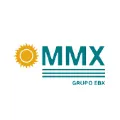
Laboratory Head, MMX.

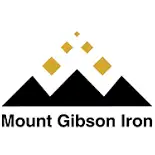
Shipping Administrator, Mount Gibson Iron Limited.


Senior Director – Asia Pacific Iron Ore Sales,, Cliffs Natural Resources Pty Ltd..


Member, Compass Group (India) Pvt. Ltd.
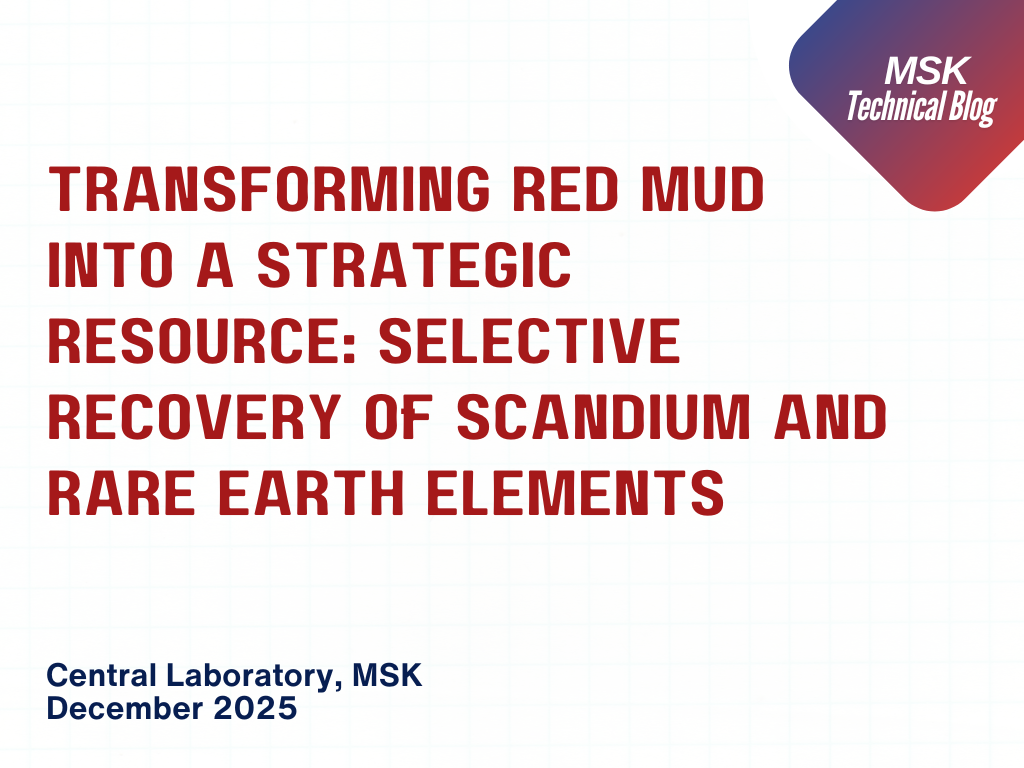
Posted on December 16 2025 By Mitra S.K ADMIN
Read More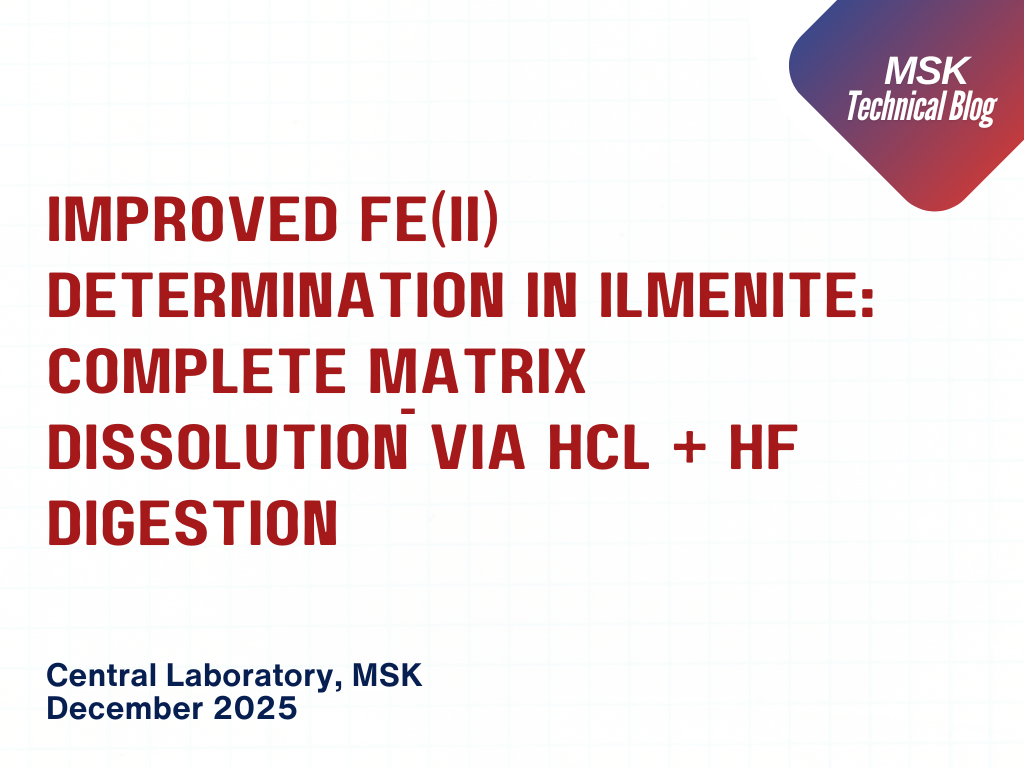
Posted on December 16 2025 By Mitra S.K ADMIN
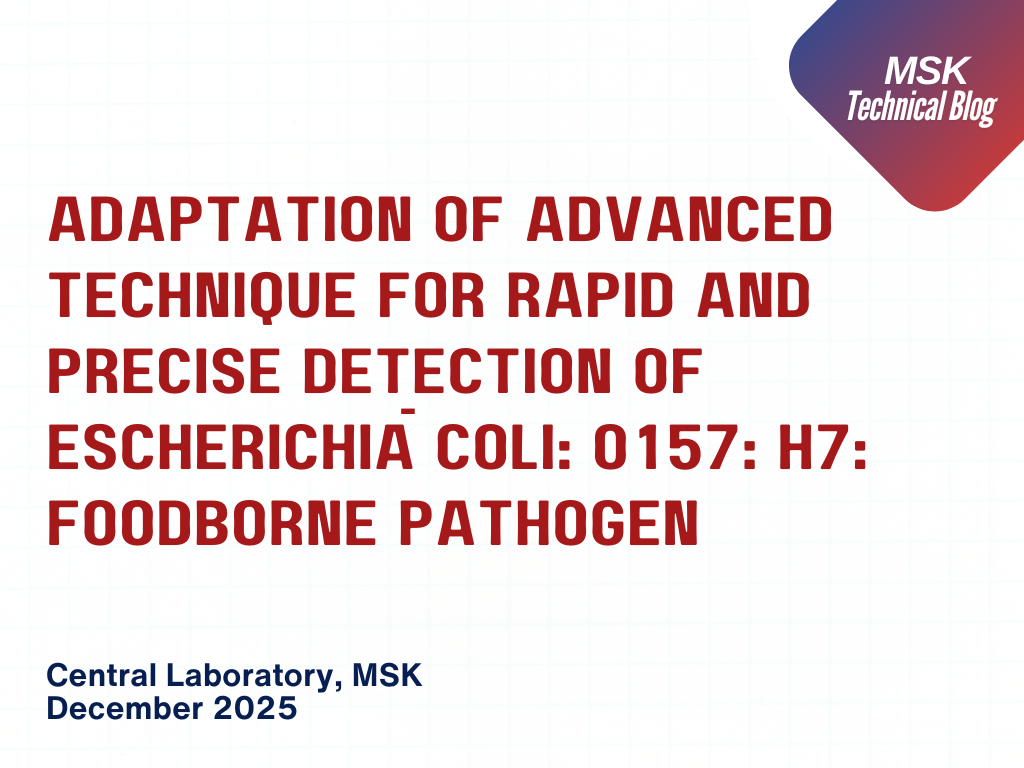
Posted on December 16 2025 By Mitra S.K ADMIN

Posted on December 11 2025 By Mitra S.K ADMIN
![Estimating Cobalt by UV-Vis Spectroscopy: The [CoCl?]²? Acetone Method](https://mitrask.com/uploads/blogs/1764834098Estimating%20Cobalt.png)
Posted on December 04 2025 By Mitra S.K ADMIN
Posted on December 04 2025 By Mitra S.K ADMIN
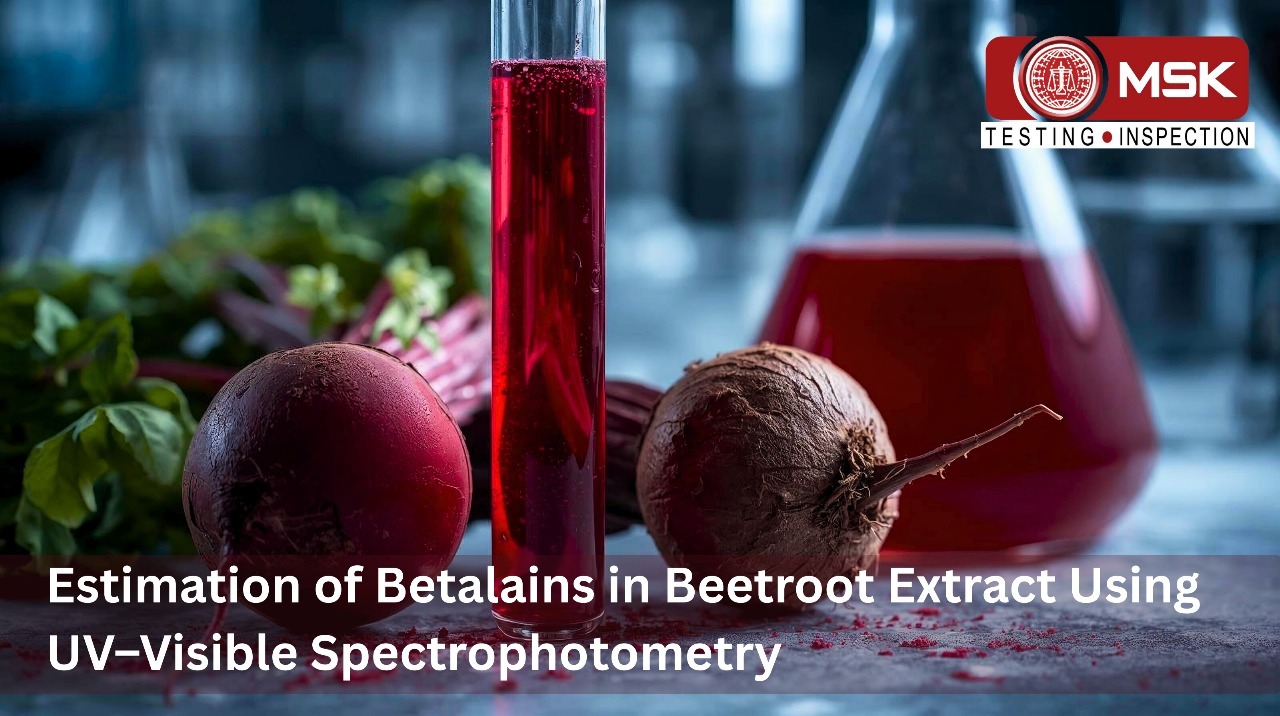
Posted on November 12 2025 By Mitra S.K ADMIN

Posted on September 23 2025 By Mitra S.K ADMIN
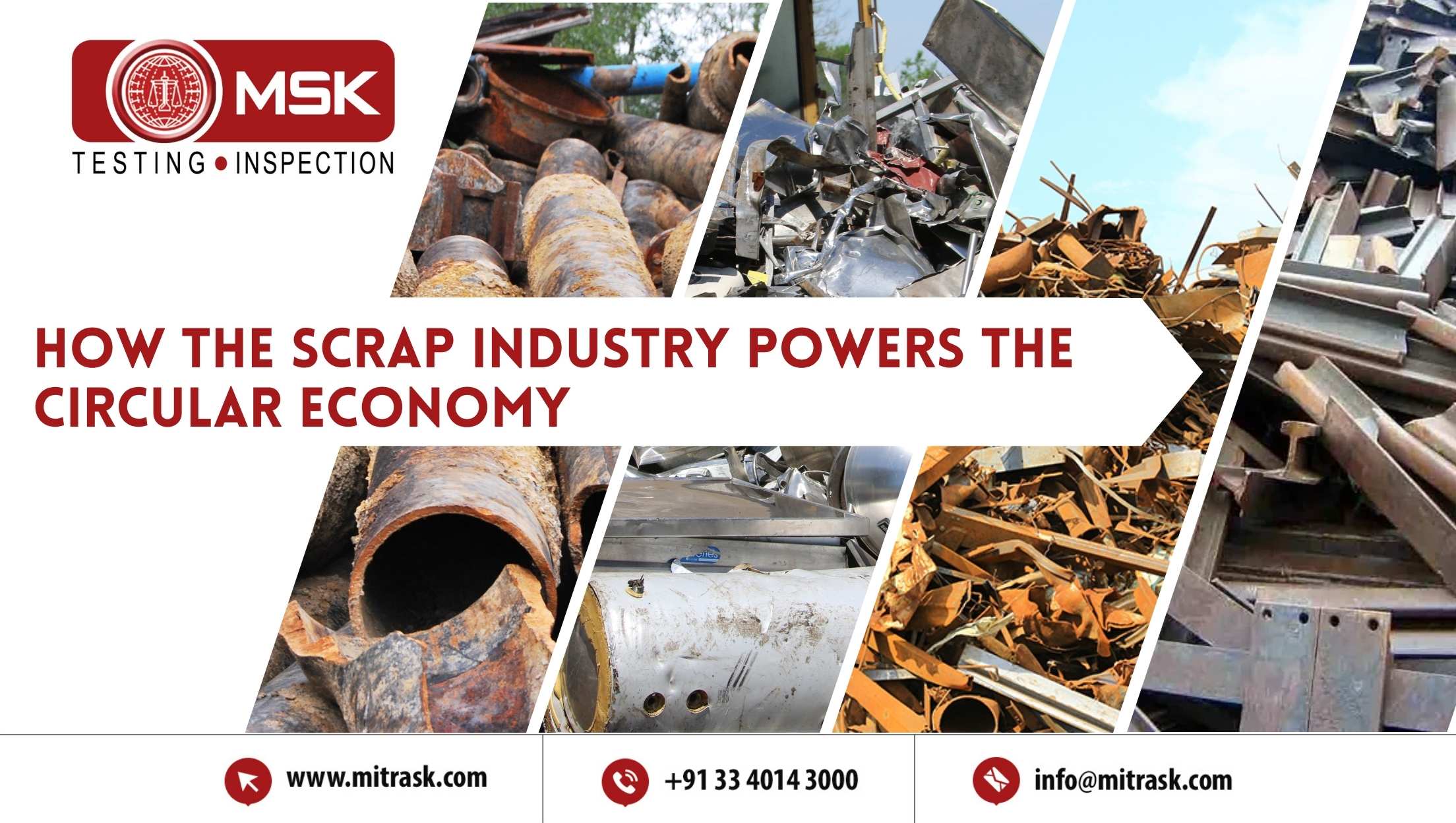
Posted on August 01 2025 By Mitra S.K ADMIN
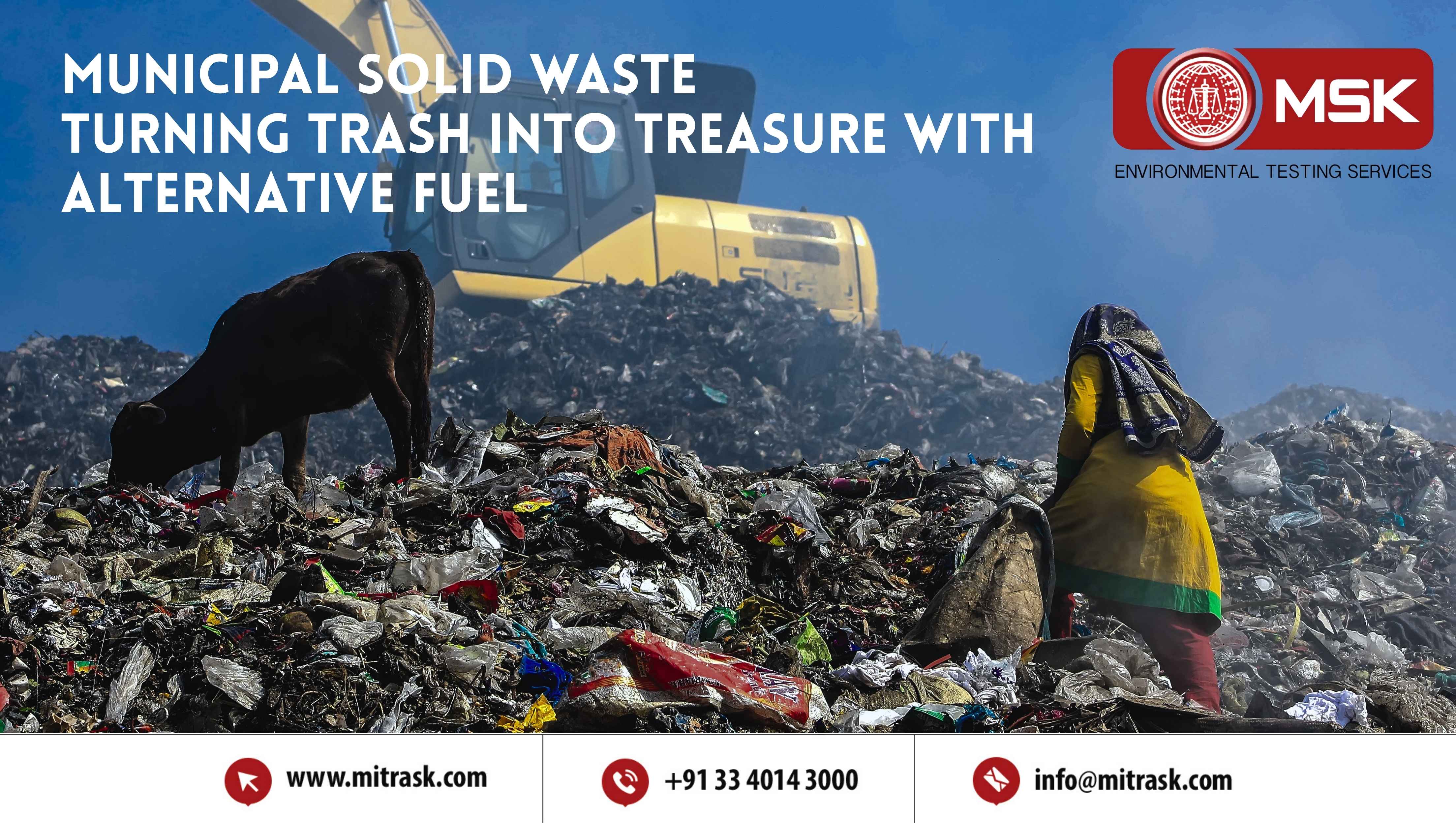
Posted on July 25 2025 By Mitra S.K ADMIN

Posted on July 18 2025 By Mitra S.K ADMIN

Posted on July 01 2025 By Mitra S.K ADMIN

Posted on May 22 2025 By Mitra S.K ADMIN

Posted on January 24 2025 By Mitra S.K ADMIN

Posted on January 24 2025 By Mitra S.K ADMIN
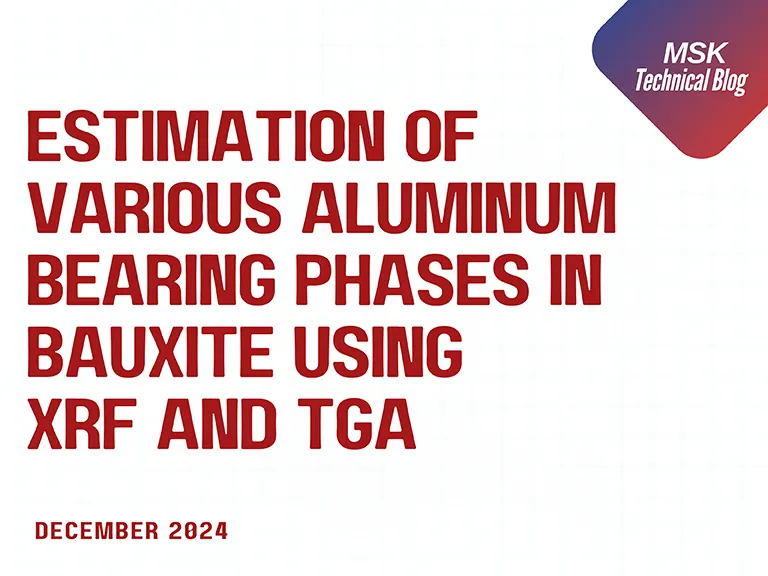
Posted on December 31 2024 By Mitra S.K ADMIN
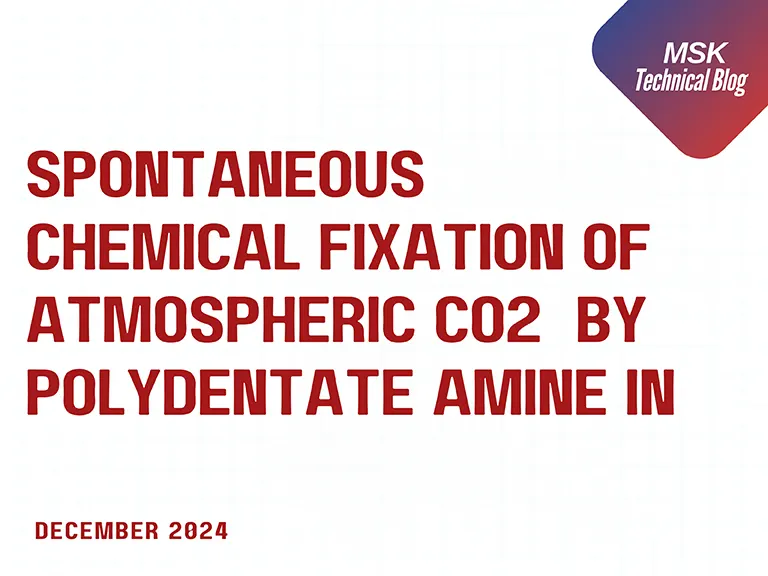
Posted on December 31 2024 By Mitra S.K ADMIN

Posted on December 31 2024 By Mitra S.K ADMIN
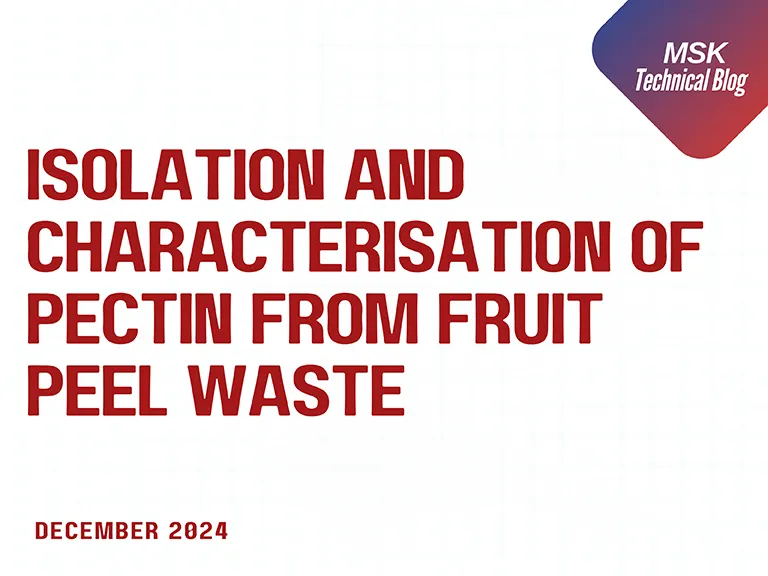
Posted on December 31 2024 By Mitra S.K ADMIN
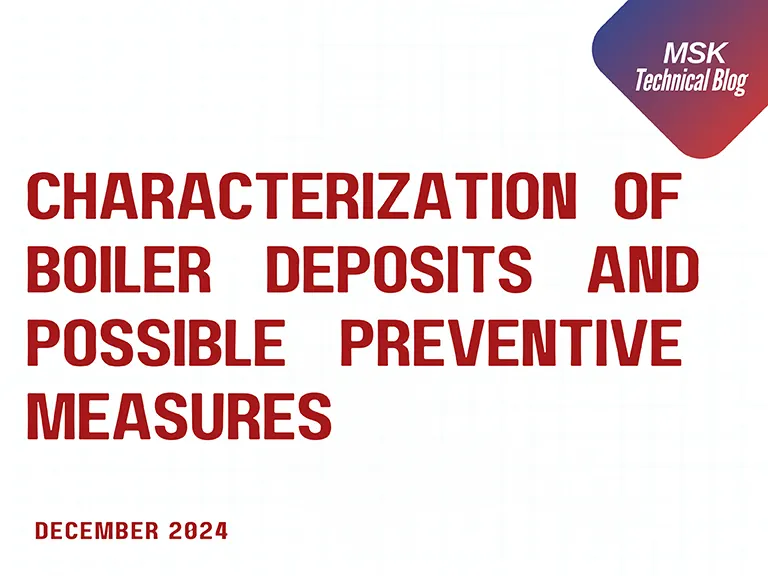
Posted on December 31 2024 By Mitra S.K ADMIN
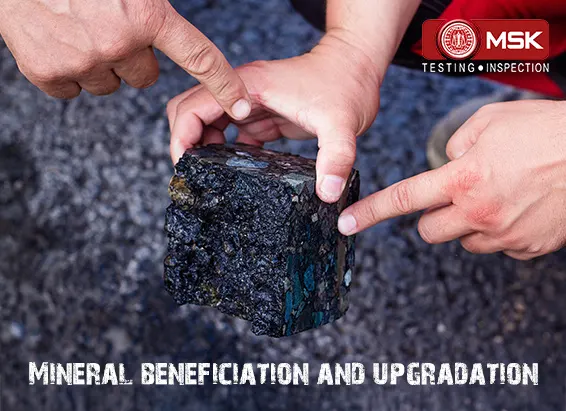
Posted on December 03 2024 By Mitra S.K ADMIN

Posted on October 17 2024 By Mitra S.K ADMIN

Posted on October 04 2024 By Mitra S.K ADMIN
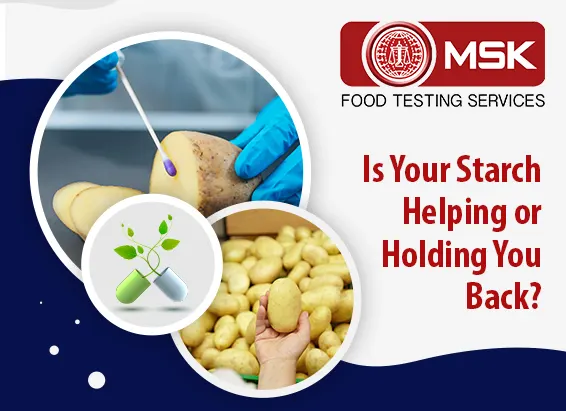
Posted on September 13 2024 By Mitra S.K ADMIN

Posted on August 27 2024 By Mitra S.K ADMIN

Posted on August 23 2024 By Mitra S.K ADMIN

Posted on June 27 2024 By Mitra S.K ADMIN

Posted on June 22 2024 By Mitra S.K ADMIN

Posted on June 15 2024 By Mitra S.K ADMIN

Posted on May 24 2024 By Mitra S.K ADMIN
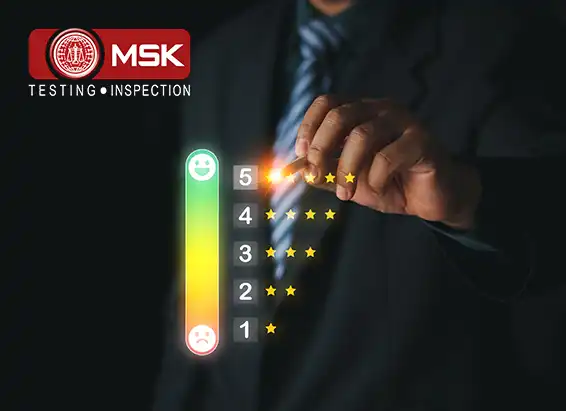
Posted on May 17 2024 By Mitra S.K ADMIN

Posted on May 09 2024 By Mitra S.K ADMIN

Posted on April 20 2024 By Mitra S.K ADMIN
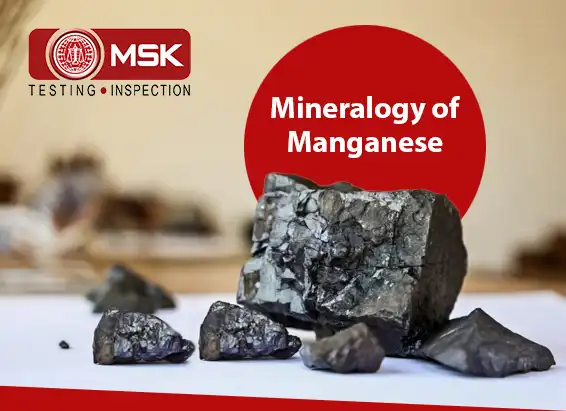
Posted on April 13 2024 By Mitra S.K ADMIN

Posted on April 30 2024 By Mitra S.K ADMIN

Posted on April 29 2024 By Mitra S.K ADMIN
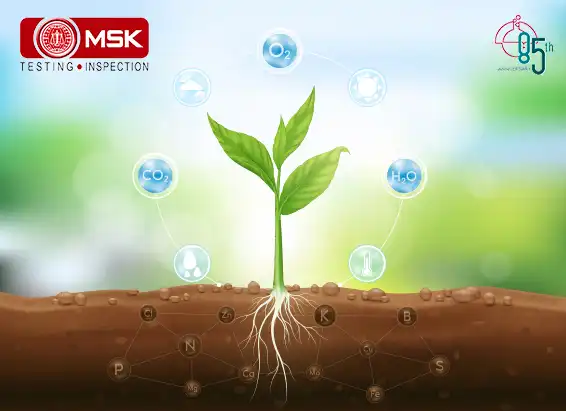
Posted on December 30 2023 By Mitra S.K ADMIN
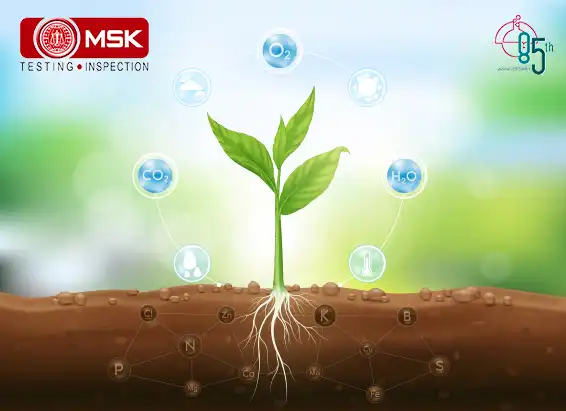
Posted on December 30 2023 By Mitra S.K ADMIN
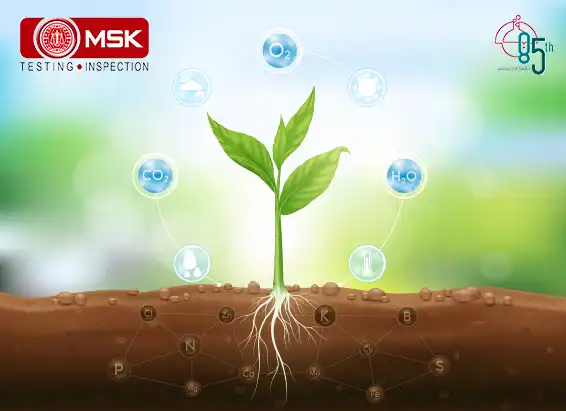
Posted on December 30 2023 By Mitra S.K ADMIN
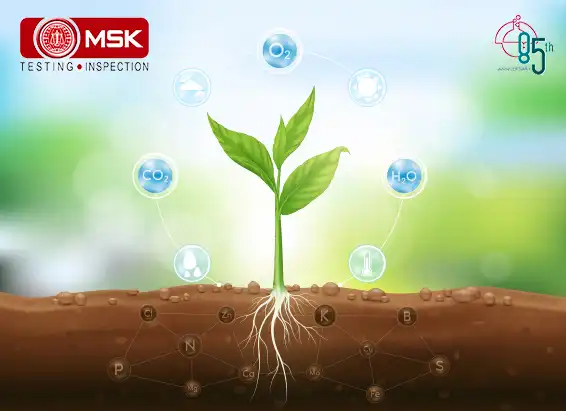
Posted on December 27 2023 By Mitra S.K ADMIN
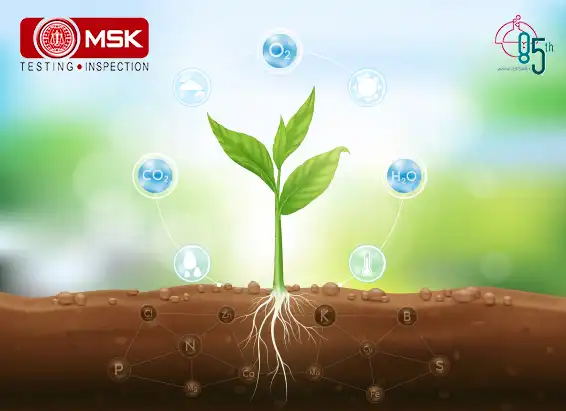
Posted on December 27 2023 By Mitra S.K ADMIN
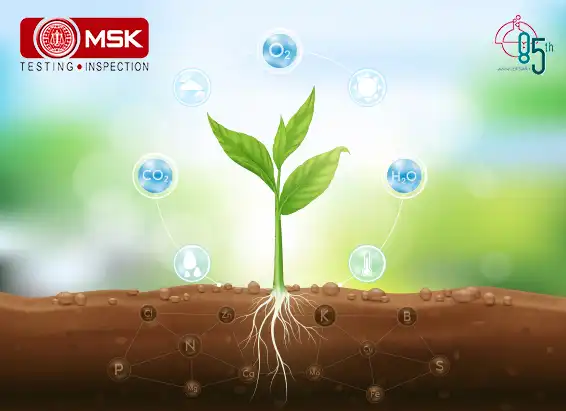
Posted on December 27 2023 By Mitra S.K ADMIN
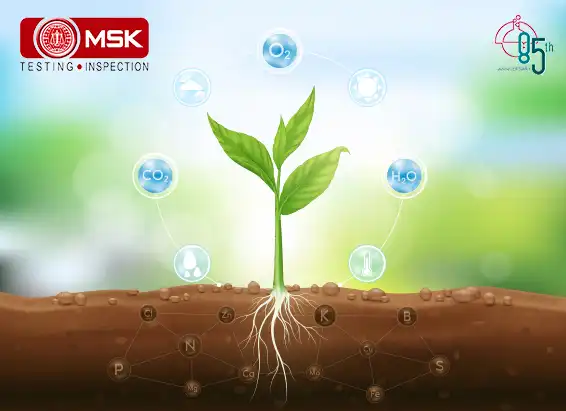
Posted on December 27 2023 By Mitra S.K ADMIN
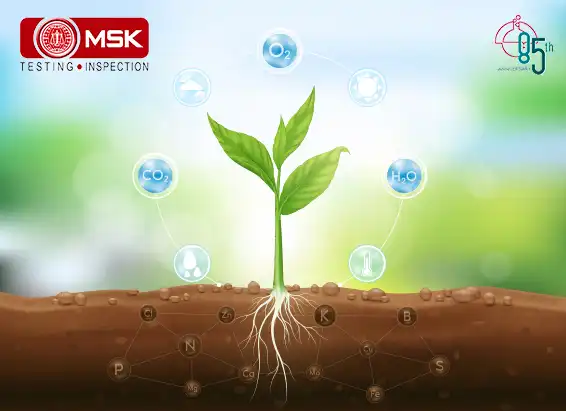
Posted on December 27 2023 By Mitra S.K ADMIN
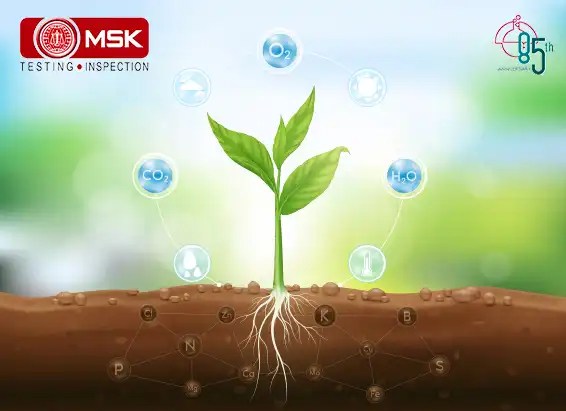
Posted on December 27 2023 By Mitra S.K ADMIN
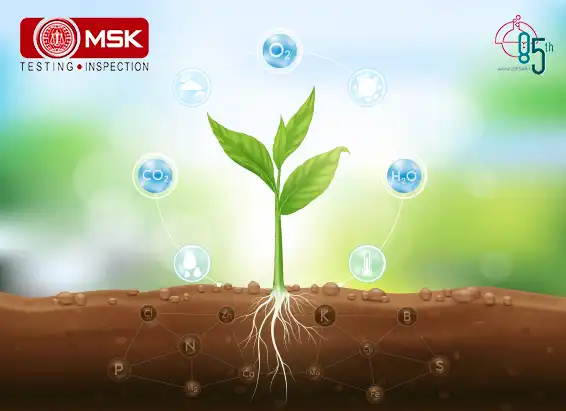
Posted on December 27 2023 By Mitra S.K ADMIN
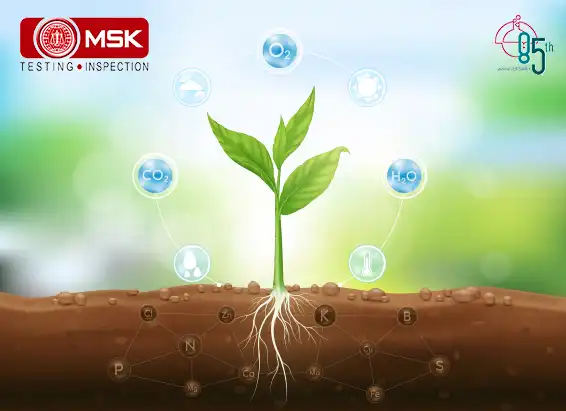
Posted on December 26 2023 By Mitra S.K ADMIN
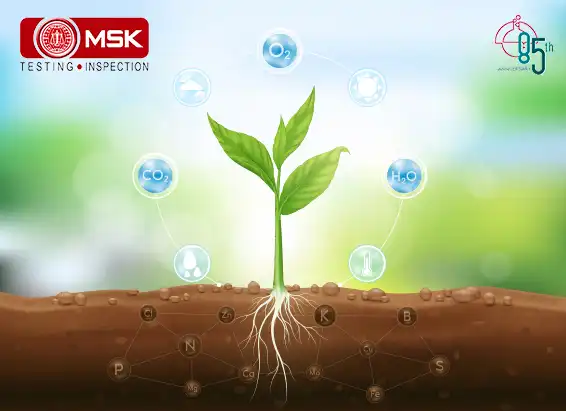
Posted on April 05 2022 By Mitra S.K ADMIN
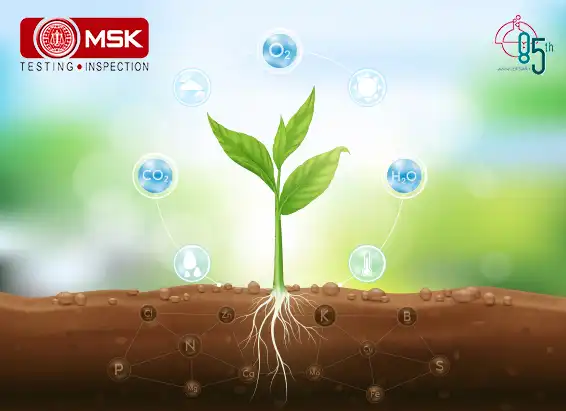
Posted on April 06 2022 By Mitra S.K ADMIN
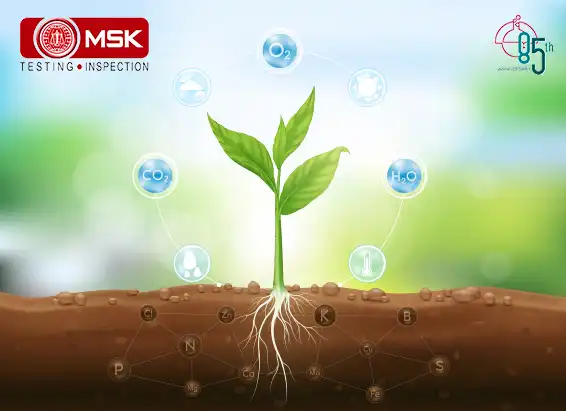
Posted on April 06 2022 By Mitra S.K ADMIN
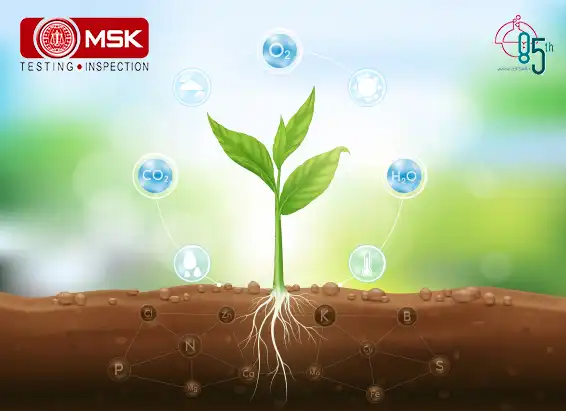
Posted on April 06 2022 By Mitra S.K ADMIN
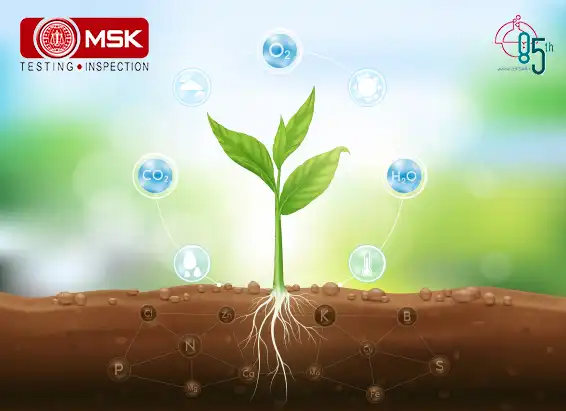
Posted on April 06 2022 By Mitra S.K ADMIN
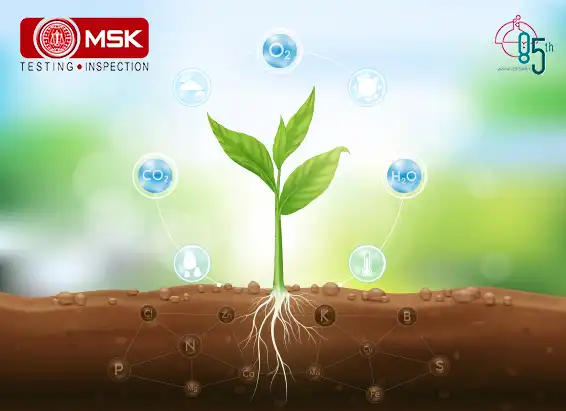
Posted on April 06 2022 By Mitra S.K ADMIN
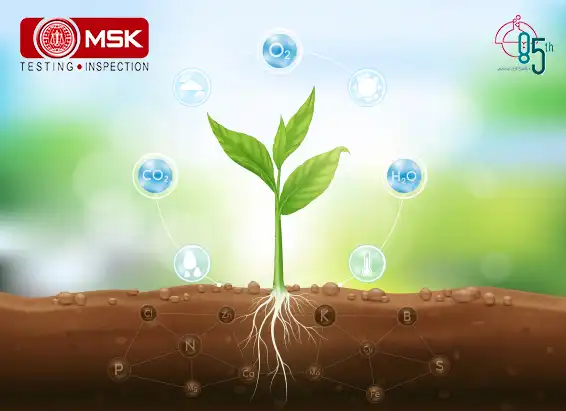
Posted on April 06 2022 By Mitra S.K ADMIN

Posted on April 06 2022 By Mitra S.K ADMIN
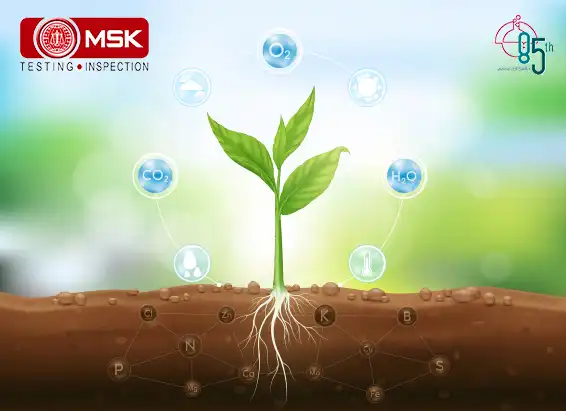
Posted on April 06 2022 By Mitra S.K ADMIN
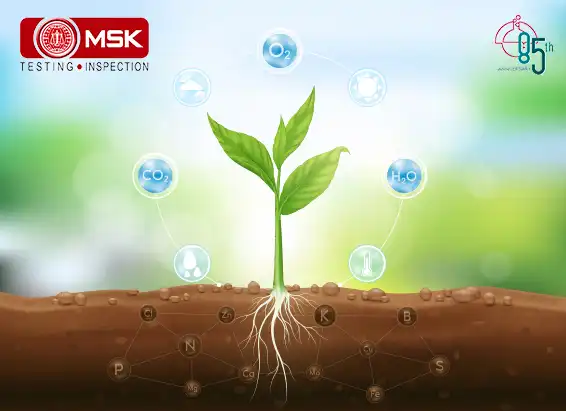
Posted on April 06 2022 By Mitra S.K ADMIN
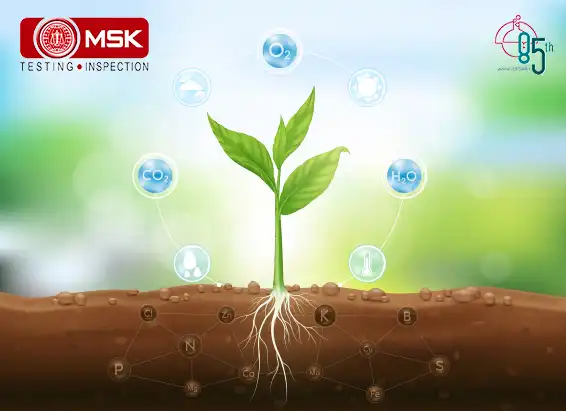
Posted on April 06 2022 By Mitra S.K ADMIN
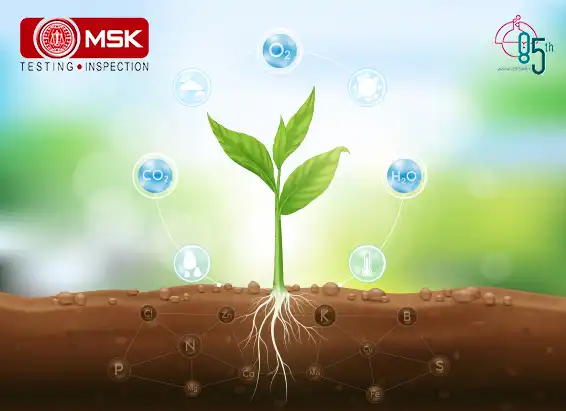
Posted on April 06 2022 By Mitra S.K ADMIN
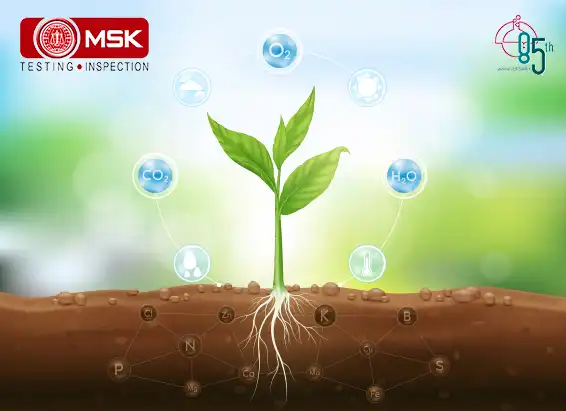
Posted on April 06 2022 By Mitra S.K ADMIN
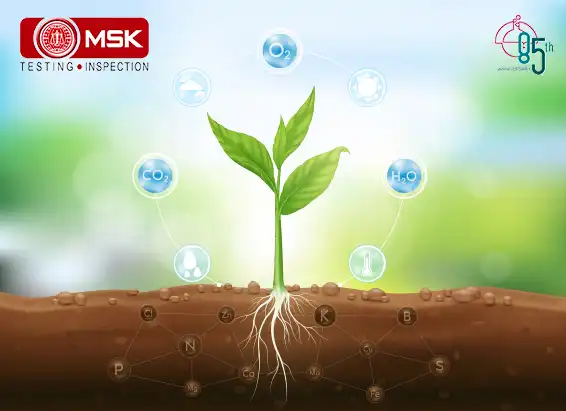
Posted on November 28 2022 By Mitra S.K ADMIN
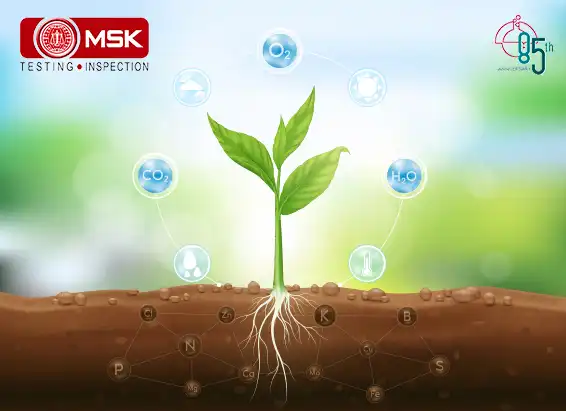
Posted on April 06 2022 By Mitra S.K ADMIN
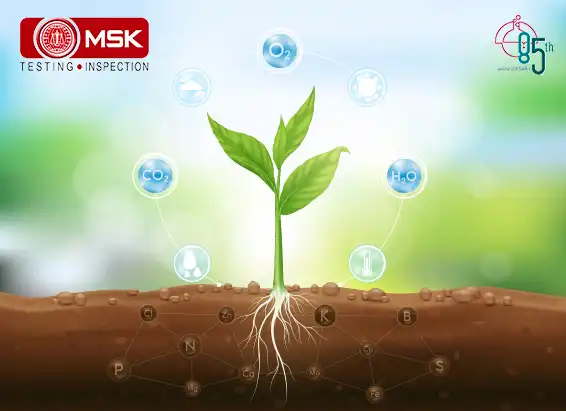
Posted on April 06 2022 By Mitra S.K ADMIN
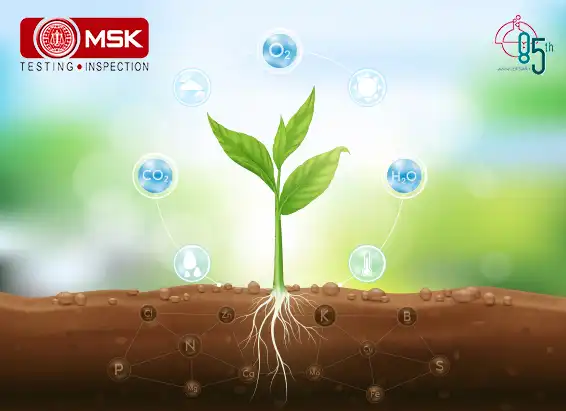
Posted on April 06 2022 By Mitra S.K ADMIN
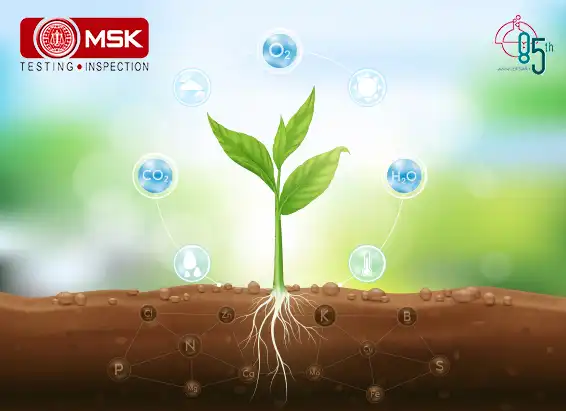
Posted on November 28 2022 By Mitra S.K ADMIN
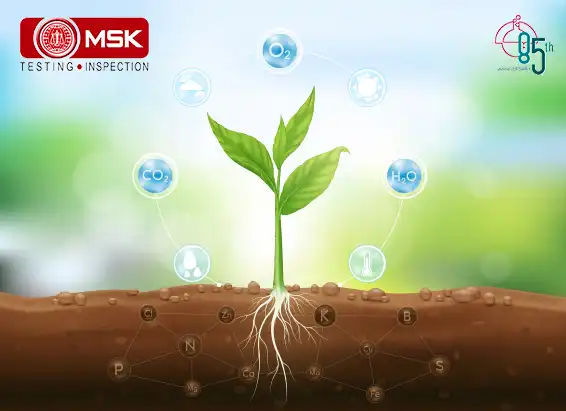
Posted on June 14 2022 By Mitra S.K ADMIN

